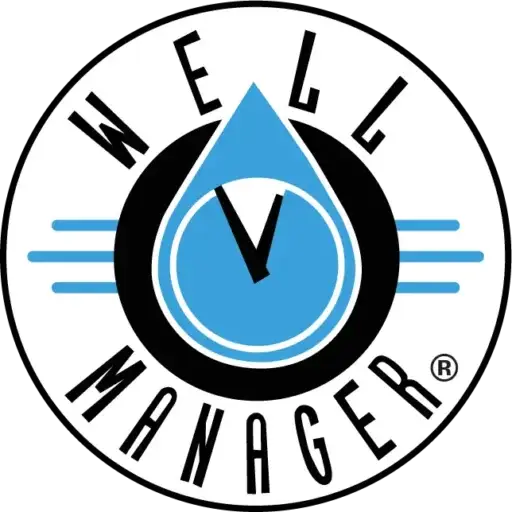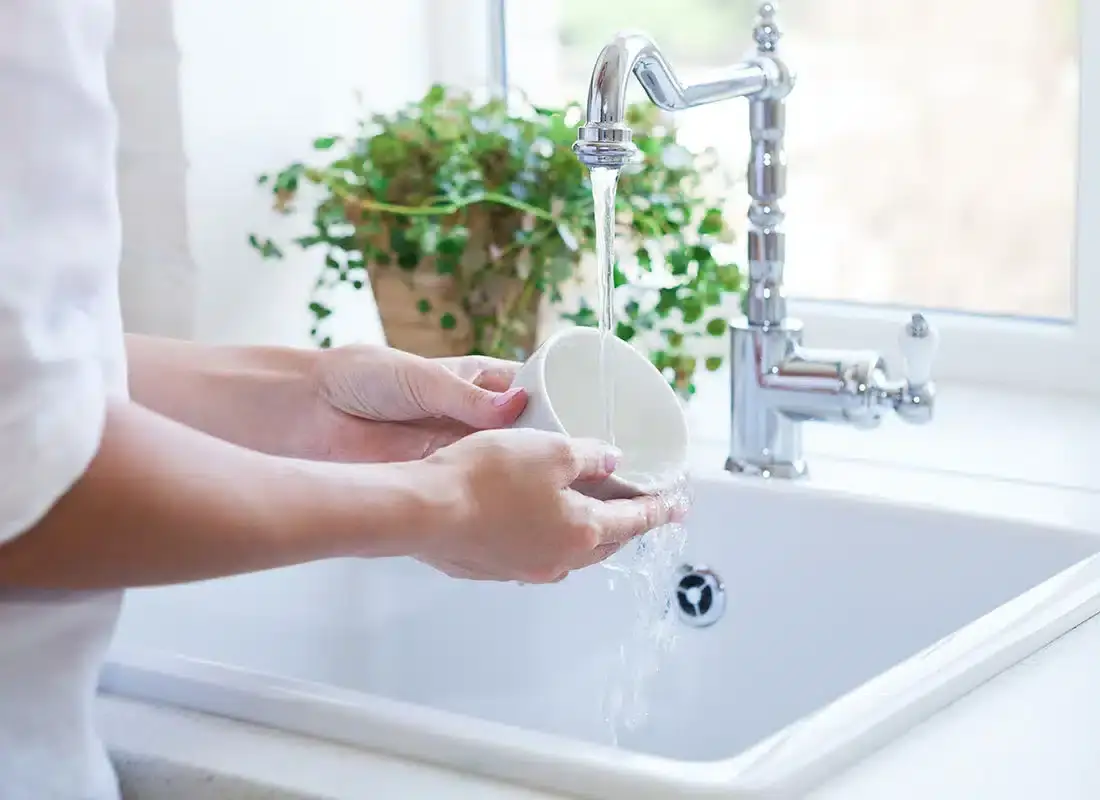Homeowners relying on well water understand the frustration and disruption that sudden pressure drops can cause. When dealing with a well water low-pressure issue, it’s common to seek quick fixes like adjusting pressure switches, changing filters, or recharging the air bladder. However, these solutions often fail to address the root cause of the problem. Understanding why these quick fixes fall short can help homeowners make informed decisions and explore practical, long-term solutions.
What Causes Sudden Well Pressure Drops?
Several factors can cause a decline in well water pressure, each with varying degrees of complexity. Here are some of the common culprits:
- Clogged Sediment Filters:Sediment filters are crucial in maintaining water quality and pressure. Over time, they can become clogged, resulting in reduced pressure. Although replacing or cleaning the filter might provide a short-term boost, it doesn’t address any underlying issues with sediment accumulation or well performance.
- Faulty Pump Pressure Switch:The pump pressure switch in your pressure tank signals the pump to increase pressure. If the switch malfunctions or the internal spring weakens, the pressure may fluctuate. Adjustments or replacements can temporarily solve the problem, but without addressing the root cause, the pressure issues may soon return.
- Under-Inflated Air Bladder:An under-inflated air bladder can cause pressure drops in bladder pressure tanks. While recharging the air bladder is routine maintenance, persistent pressure problems may indicate a larger issue with the tank’s capacity or the well’s output.
- Improper Pump Type:Some well pumps are more suited to handle pressure fluctuations than others. Standard pressure pumps activate with a 20 PSI drop, whereas constant pressure pumps respond to even a 5 PSI drop, maintaining consistent pressure. Switching pumps may provide a temporary fix but not guarantee a stable water supply if the well cannot meet demand.
Why Don’t Quick Fixes Work for Low Water Pressure?
While seemingly helpful, quick fixes often provide only temporary relief because they address the symptoms rather than the root causes of low water pressure. A clogged filter or faulty pressure switch might indicate a deeper issue, such as a low-yielding well that struggles to meet household water demands. Any changes to the well’s components, like adjusting the pressure switch or recharging the air bladder, could inadvertently harm the well system’s overall performance.
How Well Manager Provides a Reliable Solution
Well Manager offers innovative solutions tailored to address the complexities of low-water pressure wells without resorting to quick, temporary fixes. Here’s how Well Manager’s products can help:
- Advanced Water Management:Well Manager systems come in sizes suitable for various well types, ensuring consistent water pressure even from low-yield wells. Unlike quick fixes, these systems manage water flow efficiently, protecting the well from over-pumping or damage.
- Reliable Pressure Boosting:Both the Well Manager and Well Watcher systems are designed to store water efficiently, boosting pressure without straining the well pump. They automatically adjust to the well’s capacity, preventing pressure fluctuations commonly associated with conventional pumps.
- Protection Against Over-Pumping:Well Manager products use innovative technology to maintain water pressure while keeping as much water in the ground as possible. This ensures the well is not overused, extending its lifespan and providing a dependable water supply.
Why Choosing Well Manager Over Quick Fixes Matters
Well pressure issues can signal complex problems that require more than just quick adjustments. Temporary solutions may seem cost-effective initially, but they often lead to recurring problems, potential damage to the well system, and higher expenses in the long run. For instance, adjusting the pressure switch without understanding the well’s capacity can lead to over-pumping, damaging the well and reducing its lifespan. Well Manager provides a sustainable, long-term solution that increases water pressure while safeguarding the well’s integrity.
When Is It Time to Invest in a Well Manager System?
If you’ve tried quick fixes like replacing sediment filters or adjusting pressure switches without success, it may be time to explore a more comprehensive solution. A Well Manager system, equipped with advanced water management technology and reliable pressure boosting features, can help ensure reliable water pressure, prevent over-pumping, and get the most out of your well.
The Bottom Line: Invest in Consistent, Reliable Water Pressure
Sudden drops in well water pressure are more than a minor inconvenience—they’re often signs of underlying well performance issues. While quick fixes might provide momentary relief, they don’t tackle the root of the problem. Well Manager’s range of products offers a dependable way to boost water pressure and maintain a consistent supply without damaging your well. Instead of spending money on temporary repairs, consider investing in a Well Manager system for a long-lasting solution that can bring relief and peace of mind.
For homeowners facing persistent low water pressure, Well Manager is here to help. Explore our water management products and discover how we can bring reliable performance to your well water system. Don’t let well pressure issues disrupt your daily life. Invest in a Well Manager system for a long-lasting solution.
Related Reading
- Why Drilling Deeper Wells Does Not Solve Low-Water, Low-Pressure Wells
- Why Shallow Domestic Wells Fail During Prolonged Droughts: Understanding the Risks
- How the Well Manager® System Increases Water Yield and Fixes Low Water Pressure
- Well Manager Timed Water Collection System for Low-Yield, Low-Water Pressure Problems
- Understanding Sudden Drops in Well Water Pressure



